I’ve been shooting digital for over twenty years, starting with a 1.3-megapixel camera that cost $15,000. For those first ten years, every camera I used had a sensor smaller than a piece of 35-millimeter film (what is now referred to as “full frame”). But even after I got my first “full-frame” camera (a Nikon D3), I continued to use cameras with smaller sensors (APS-C, or what Nikon calls “DX”). Why? Because they offered certain advantages, which is why I’m a big fan of DX cameras.
Larger sensors require larger lenses, because those lenses need enough glass to project an image into the back of the camera to fill that sensor. So a camera with a smaller sensor can use smaller lenses. If you truly want to shrink the size and weight of the gear you carry, you should look at cameras that have sensors that aren’t “full-frame.” For me, as a Nikon shooter, that means their DX cameras. However, just because a camera has a smaller sensor doesn’t guarantee it will use smaller lenses.
All of Nikon’s digital mirror-based cameras (DSLRs) use Nikon’s F-mount. That’s true of both their FX (full-frame) cameras as well as their DX DSLRs. The advantage to that is that you can use almost any Nikon F-mount lens on any of those cameras (and the F-mount has been around for decades). However, if you want to save size and weight, then you’d want to look for DX lenses for your DX cameras.
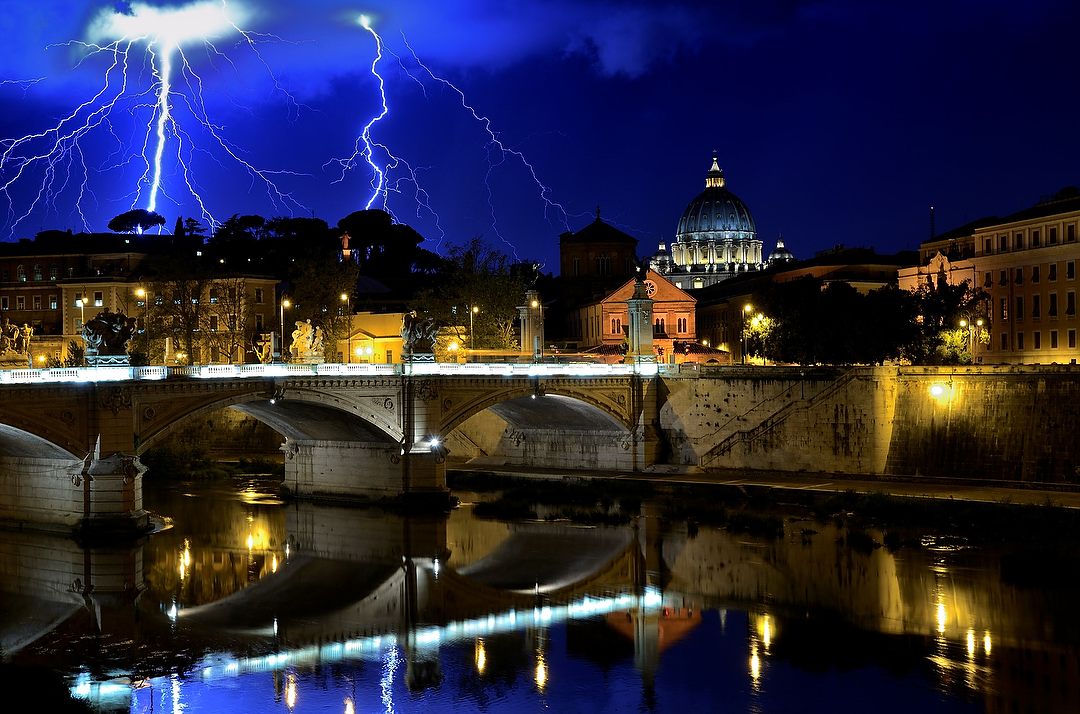
I made this picture with a DX camera, the Nikon D7000 (16MP) and a DX lens during an anniversary trip to Rome. A DX camera, and DX lens or two are what I almost always take on vacation to lighten my load. Nikon D7000, Manual exposure, ISO 200, 4 seconds at f/7, Nikkor 16-85mm f/3.5-5.6 DX lens at 35mm.
A DX lens is designed to project an image into the camera just big enough to fill a DX sensor. That’s why it can be smaller, lighter, and cost less than similar F-mount lenses made for “full-frame” bodies. While you can also use a Nikon DX lens on an FX body, the resulting image will have reduced resolution because the lens can’t completely fill that larger sensor. So DX cameras can be both smaller and lighter and cost less, and lenses made specifically for them can be too. Combining those two things can result in a smaller camera kit, but that’s not the only advantage.
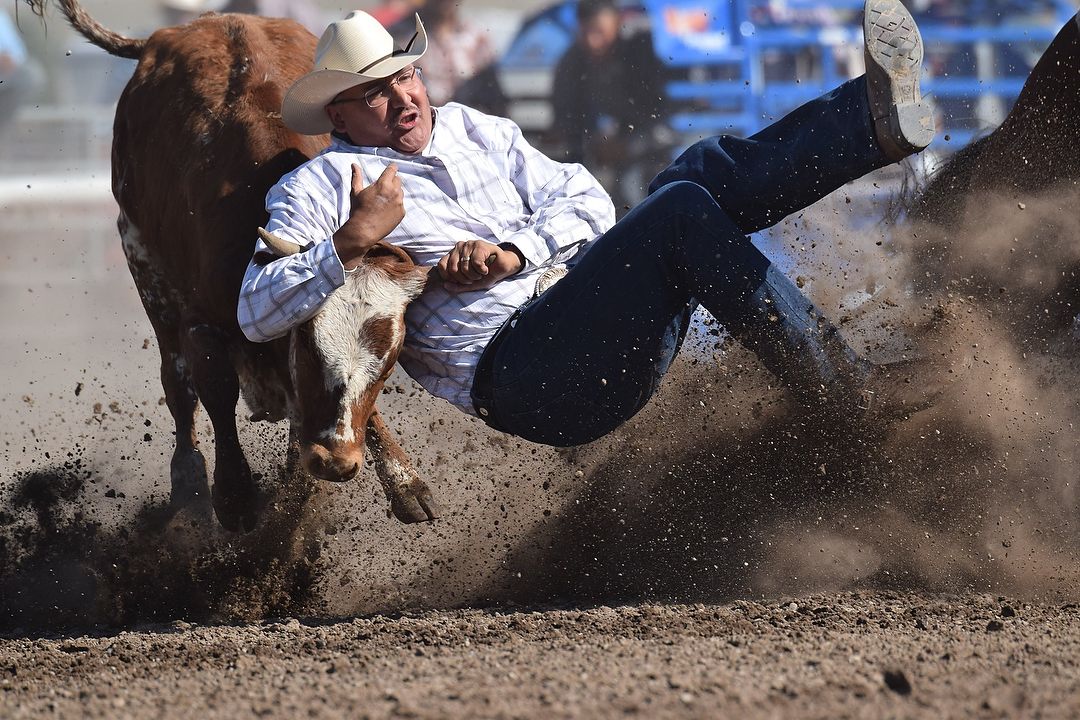
I shot this in Montana back in 2014 with a Nikon D5300 and 80-400mm lens. That lens is not DX, so I can use and get full resolution with both my DX and FX cameras. Nikon D5300, Aperture Priority, ISO 500, 1/1600 at f/8, EV -0.7, Nikkor 80-400mm f/4.5-5.6 lens at 400mm. Photo copyright Reed Hoffmann.
When photographing wildlife and sometimes sports, I often use a DX camera because of that smaller sensor. This is where understanding “crop factor” is important. In the 35-millimeter film world that many of us started in, a 50mm lens was considered a “normal” lens because when you brought the camera up to your eye, what you saw looked the same size as it did without the camera. A telephoto lens enlarged what you were seeing with the camera, a wide-angle reduced the apparent size. Now, using a DX sensor (smaller than 35-millimeter film), the image being projected by that same 50mm lens is the same, but the area being recorded is less. That means that what you’re seeing, and capturing, looks like it would have if you were using a 75mm lens with film (although the depth of field is still that of the 50mm). That’s referred to as the “crop-factor,” and with DX (APS-C) cameras, that’s 1.5X. Still with me? Okay, so if I’m using a 300mm lens on my DX camera, I’d need a 450mm lens to get the same image size with my FX (full-frame) camera. The Nikkor 200-500mm lens I primarily use for wildlife photography is the equivalent of a 300-750mm on one of my FX bodies (which isn’t made, and if it were, it would be bigger). Now the question becomes one of resolution and quality.
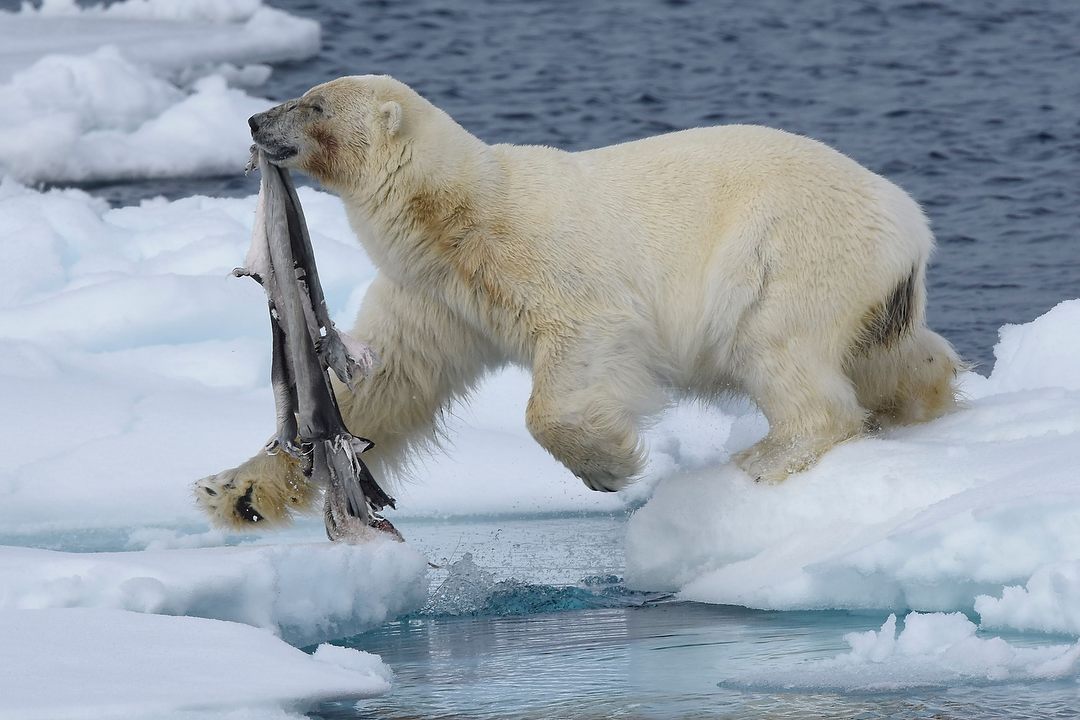
On this trip to the Arctic in 2015, I brought along a Nikon D7200 as my DX camera. To make this photo I paired it with my 500mm f/4 and TC-14 teleconverter for a focal length of 700mm. On a DX body like the D7200, that’s the equivalent of 1050mm. Nikon D7200, Aperture Priority, ISO 250, 1/2000 at f/6.3, EV -0.3, Nikkor 500mm f/4 lens with TC-14 for 700mm.
Nikon’s DX cameras’ maximum resolution is around 20 to 24-megapixels (those include the D7500, D500 and now Z 50). In the early days of FX cameras, the DX cameras often matched the resolution of Nikon’s FX cameras. That meant I was getting the same resolution whether using my FX or DX cameras, but the crop-factor with the DX meant more “reach” out of my long lenses. With the introduction of Nikon’s D800/810/850 series, and now Z 7, those FX cameras out-resolve any current DX cameras Nikon makes. However, the 800 and 810 in DX crop mode (yes, they offer that) were still recording less (under 20mp) than the DX cameras. That changed with the introduction of the D850 (and Z 7), where in DX crop mode you’re getting essentially the same resolution as using one of the DX cameras listed above.

More recently, a D500 was my DX camera on this trip to a bear camp in Lake Clark National Park in Alaska last summer. Nikon D500, Aperture Priority, Sunny white balance, ISO 320, 1/1000 at f/5.6 in Matrix metering, +0.7 EV, Nikkor 200-500mm f/5.6 lens at 500mm.
Of course, resolution isn’t everything. Pixel size matters too. In fact, it’s really important. Smaller sensors usually meant smaller pixels (a big drawback to smartphones), and packing more pixels onto even a large sensor required smaller pixels. There’s one undeniable fact about pixel size: a larger pixel, with the same in-camera image processing, will always generate less noise than a smaller pixel. If high-ISO photography is important to you, then larger pixels are probably more important than more pixels. You’ll note that the most expensive cameras that are built for frame rate and fast autofocus also have fewer pixels than their less-expensive, though often higher-resolution siblings. Those cameras are made for sports or news, or any situation where the light may be poor but low shutter speeds aren’t an option.
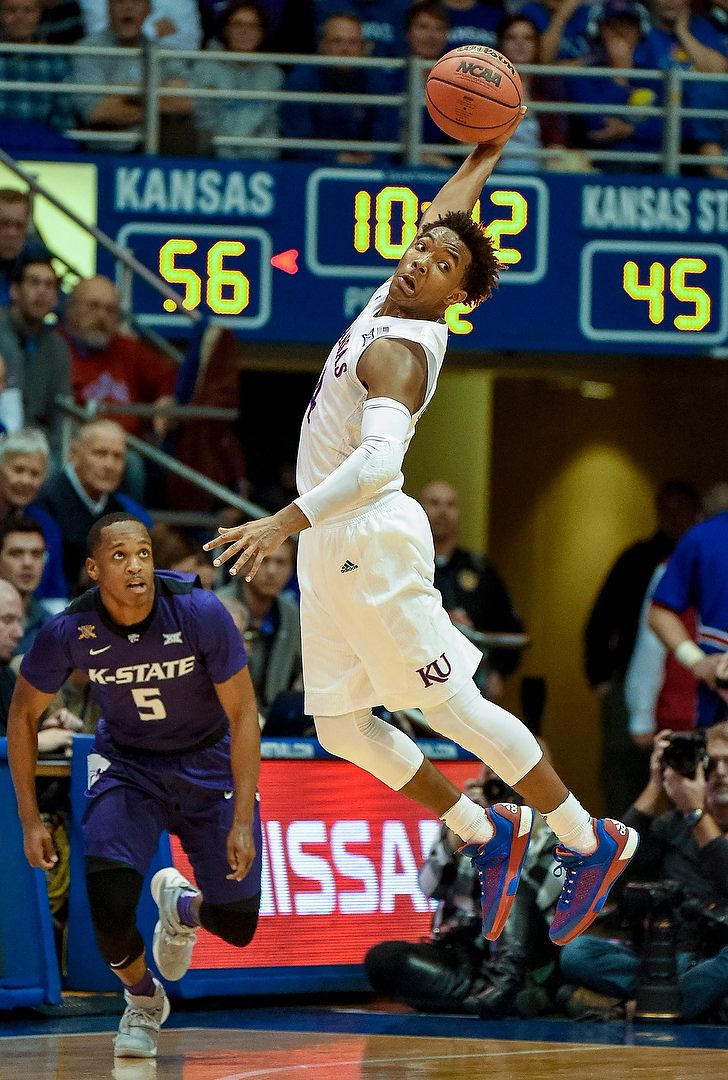
When I need the fastest autofocus, highest frame rate and exceptional high ISO quality, I reach for my “big-pixel” FX cameras. Nikon D4S, Manual exposure, ISO 8000, 1/1600 at f/4, Nikkor 200-400mm f/4 lens at 270mm.
And this brings me back to the beginning of this story. I prefer DX cameras for wildlife. In most cases, having that extra reach from my lenses is more important than high-ISO performance. However, if the light is poor, and I need fast shutter speeds, then I reach for my “big pixel” FX cameras. Today that means the D5/D6, Z 6 or D780. Not as high in resolution as my D850, but better at high ISO. Those larger, though sometimes fewer, pixels give me the high ISO performance I need.
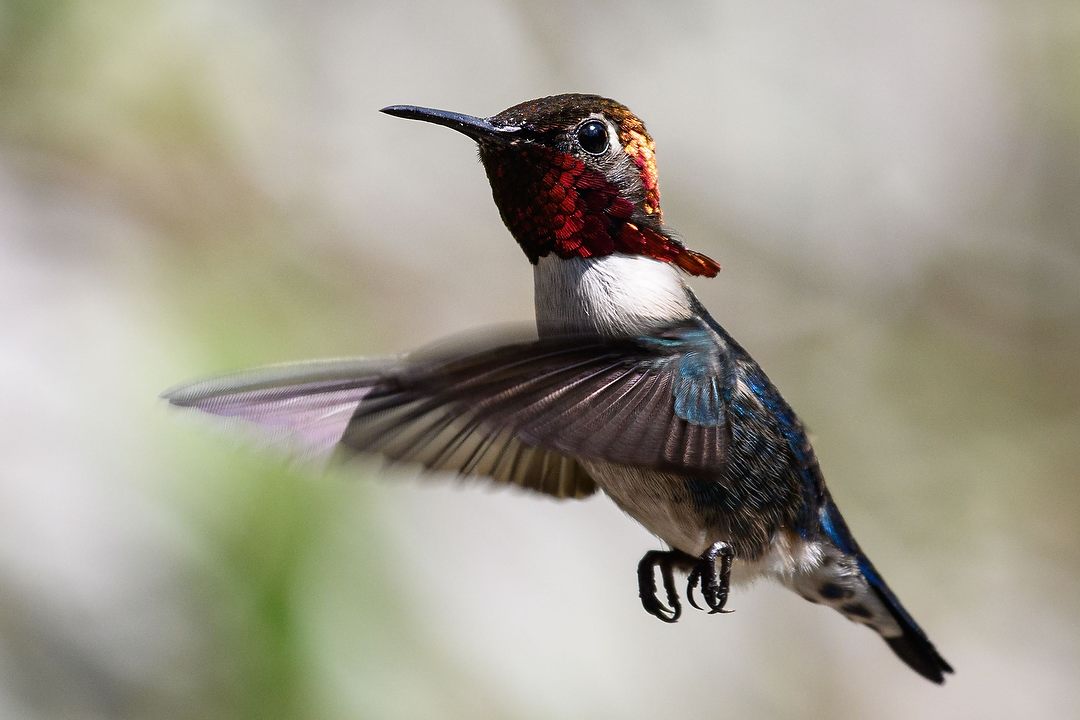
And now the Nikon Z 50 joins my kit as an option for using a DX camera. This is a bee hummingbird that I photographed in Cuba this past February. The smallest bird in the world, at just over two inches in length, I needed as much “reach” as I could get. Nikon Z 50, Aperture Priority, Natural Auto white balance, ISO 450, 1/1000 at f/8 in Matrix metering, 0.0 EV, Nikkor VR Zoom 70-300mm f/4.5-5.6 lAF-P lens at 300mm.
In photography, there’s rarely one answer, or tool, that’s right all the time. That’s why I value a camera system that lets me pick and choose my tools (cameras and lenses) to give me the best performance for whatever it is I’m photographing. And that’s why I’m still a fan of DX cameras, and will be as long as Nikon makes them.
(If you like this story, please share it with your friends and let them know about the links on photography that I post on my business Facebook page. I’m also on Instagram and Twitter, @reedhoffmann. And if you’re curious about the workshops I teach, you can find them here.)

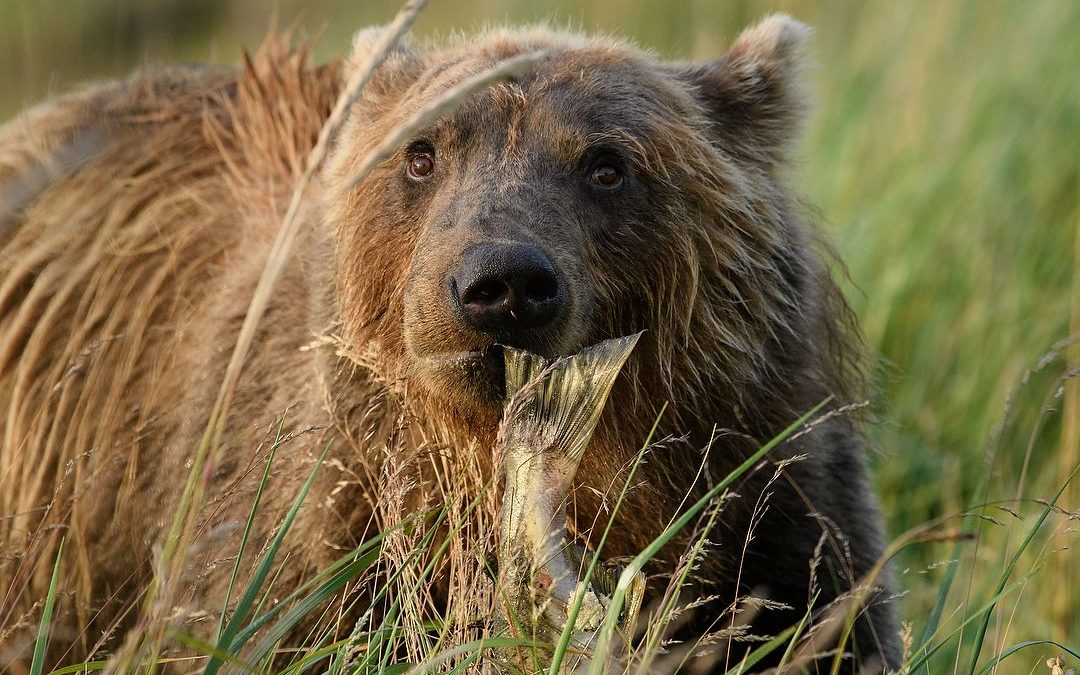
My D850 is my “go to” camera for most of my digital work, but my D500 is never far away. It turns my 600mm f/4 ED IF AIS Nikkor into a 900mm f/4 with no light loss or loss of its superlative IQ. I often put my 50-300mm f/4.5 ED Zoom Nikkor on the D500 as a “walk around” nature combo. And you can’t beat the 10 fps of the D500 though the D850 with the battery grip and EN-EL18 comes very close at 9 fps.
Of course, the D850 does have a crop mode that is similar in resolution to the D500 but it requires more cropping. I can see a very slight improvement in IQ between an image shot with the D500 and 600 f/4 then the D850 in Dx mode with the same lens.
I agree, Scott, that combination of D850 and D500 is pretty much the best possible pairing of two DSLRs. Glad to hear you’re enjoying them!
your photo of lightning in Rome: you say you captured it using a D7000 (24MP)
A d7000 is a 16.2 MP camera sensor. What up?
Good catch, Rick, thanks for pointing that out. I sometimes forget that because the rest of the 7XXX series (7100, 7200, 7500) were all 24MP. That caption is corrected now.